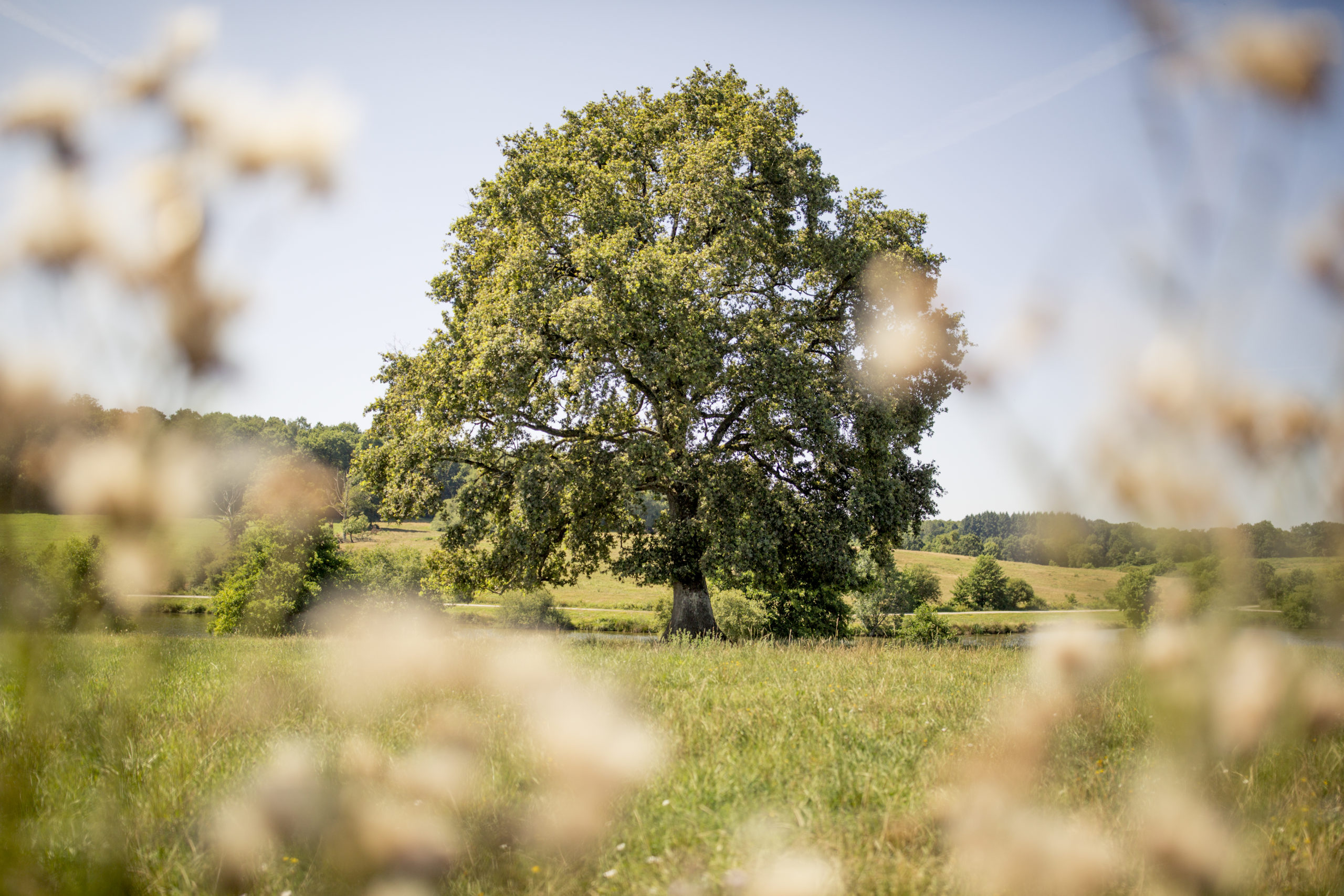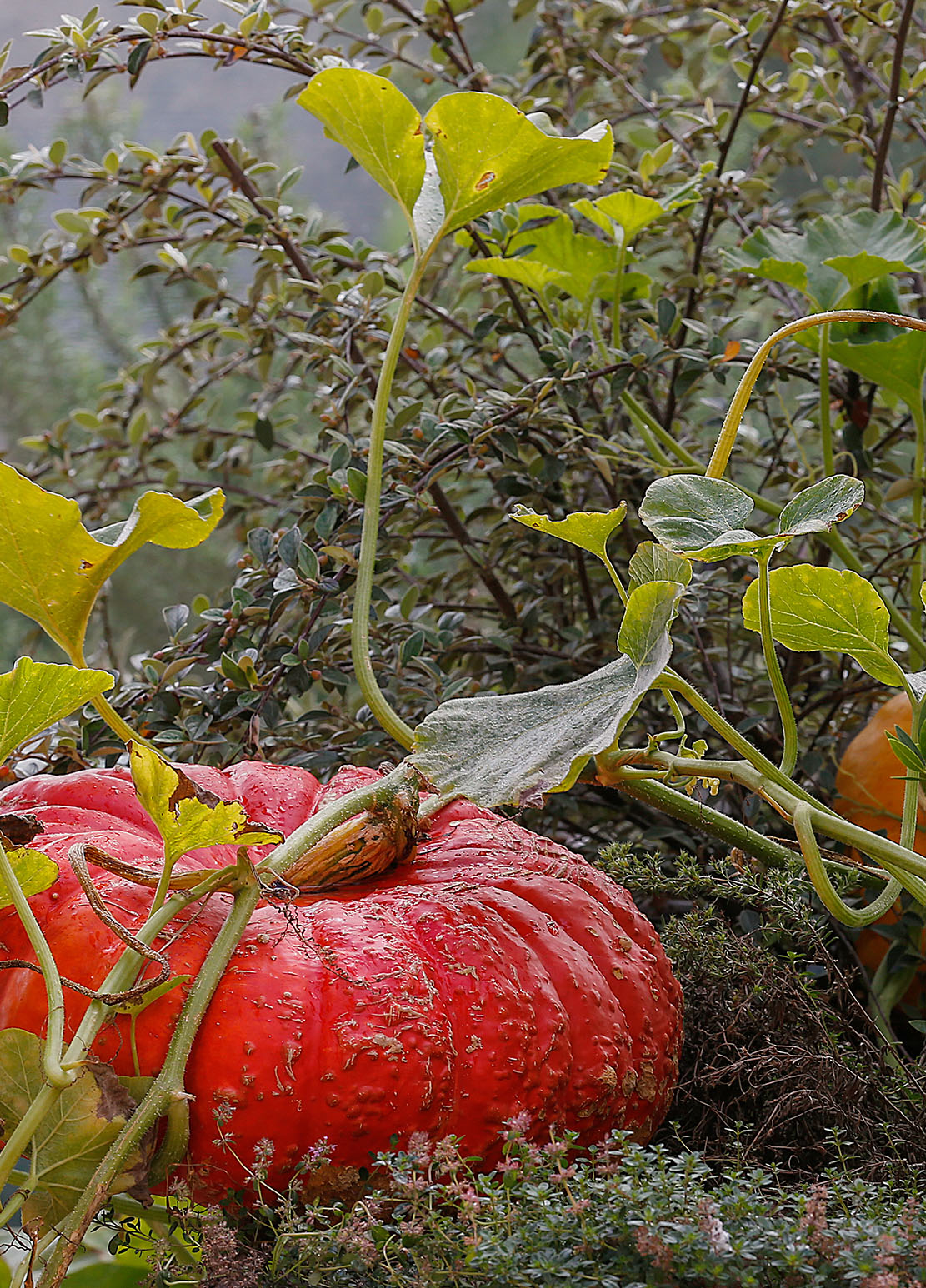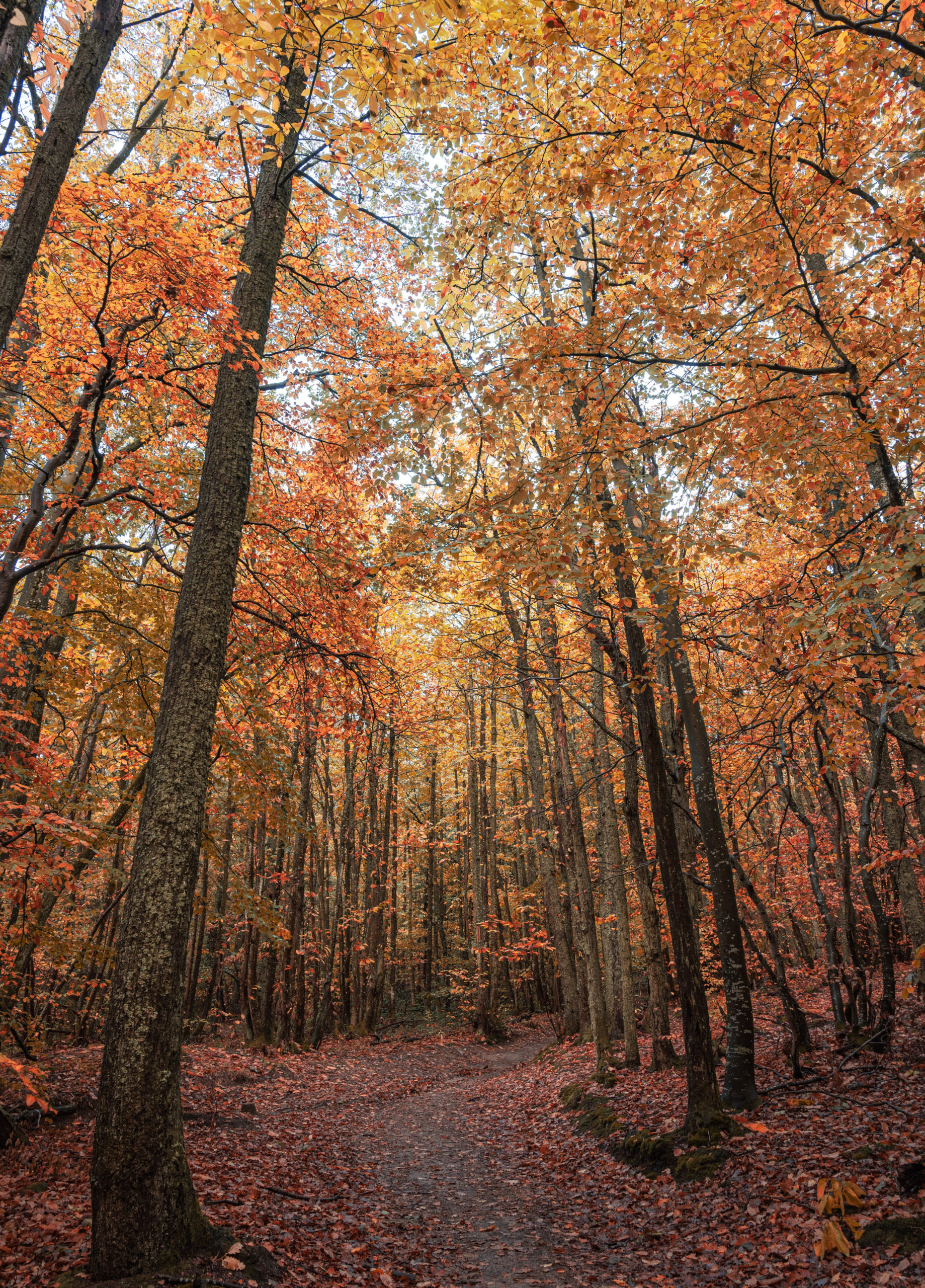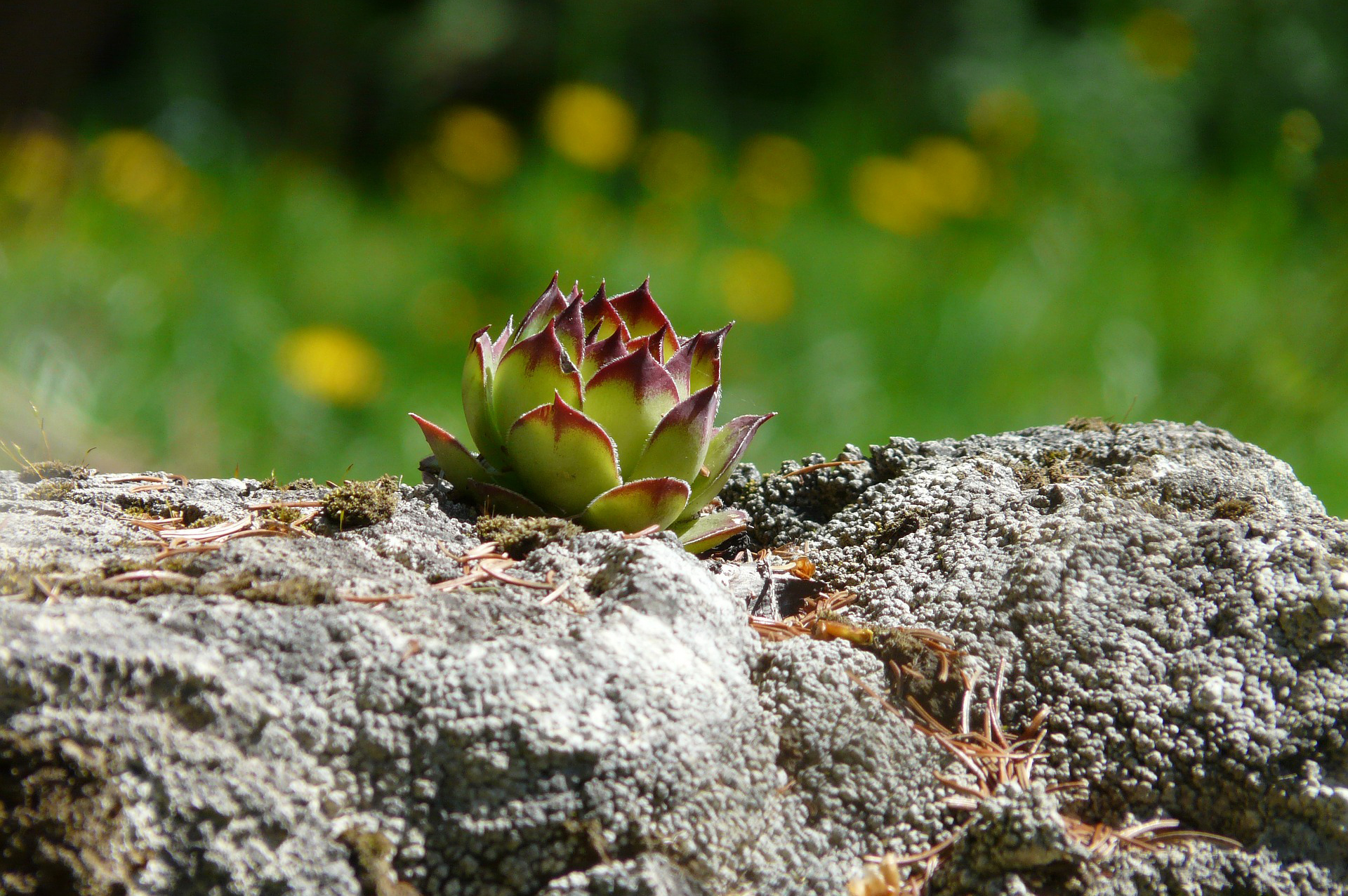Nature offers us far more than we give it, since a grain of wheat can produce one hundred more. Prompted by this reflection which may seem simple, a major question emerges relating to the balance of agriculture and to the human relationship to Nature. Indeed what do we take from Nature? What do we give back and how?
SOIL RESEARCH
This is the subject of the research conducted by soil microbiologists Lydia and Claude Bourguignon who have been working for thirty years on the topic of the Life of soil and their regeneration following intensive farming.
These scientists were able to observe, thanks to the creation of an independent laboratory in contact with the reality of the field, the LAMS (Laboratory of Soil Microbiological Analyses), that the care provided must emphasize the health of the Earth. The attention is thus focused on a qualitative rather than quantitative approach to the relationship to the Earth and its productions.
With the help of farmers from all over the world, five thousand analyses of the soil were carried out in different countries, providing a global vision of the health of farmed soils on Earth. These chemical, physical and biological analyses consist in evaluating the health of a crop by identifying the biodiversity indicators and by measuring the quality of the soil. The results of those analyses have shown that overexploitation in intensive farming that resorts to herbicides, fungicides and insecticides, depletes the earth and causes it to lose the richness of its ecosystems as well as its long-term ability to regenerate.
Dedicated to supporting farmers, Lydia and Claude Bourguignon therefore advocate farming on living soil as opposed to today’s industrial exploitation. A living soil produces humus and the fauna and flora that live on a healthy soil transform this humus thanks to organic matter.
That is why Lydia and Claude Bourguignon are committed to placing the spotlight on certain innovative and equally productive techniques that have been tested by farmers for twenty odd years. The solutions mentioned are the use of RCW (Ramial Chipped Wood), permaculture farming including cover crops, etc. These are sustainable practices that regenerate the soil, to discover in their educational book, Soil, Earth and Fields, published in 2008 by Sang de la Terre.
In this book, paths are explored to help us rethink our relationship to the Earth and to renew with a balance that is certainly complex but redeeming.
As scientific speakers, the Bourguignons promote a considered form of agriculture, common sense, that lead to sustainability and healthy ecosystems, and therefore to human health.
Manifeste pour une agriculture durable (A Manifesto for Sustainable Farming), published in 2017 by Actes Sud, recounts for its part the evolution of contemporary farming, exposes its causes and effects in order to shed new light on it and to consider it from a novel perspective. A short, highly relevant manifesto, this book invites us to embrace a positive future which focuses on Nature thanks to the scientific comprehension of it natural mechanisms rather than its artificial exploitation.
Lydia and Claude Bourguignon have inspired numerous farmers, in France and throughout the world, that choose to live in harmony with Nature. They are solution-seeking scientists who invite us to behave better as humans.
A CONNECTION GRANTED TO NATURE
Taking from Nature then evolves into giving back to Nature, and in this trade-off, humankind can consider farming in the longer run. The idea of circularity inspired by Nature can then be implemented.
If you too question your relationship to Nature, Lydia and Claude Bourguignon, thanks to their research on the element Earth, will lead you to discover carefully pondered and fascinating notions pertaining to Life and the richness of the ecosystems.
Our relationship to the soil questions our roots in Nature, the bond that connects us to the Earth. Does being more human not mean taking care of oneself, then taking care of the earth, while being respectful of biodiversity?




